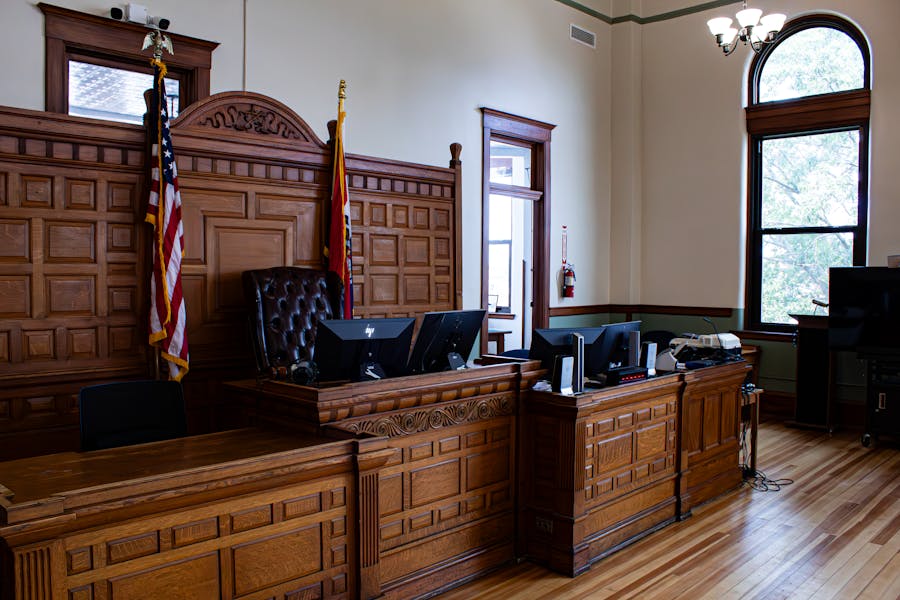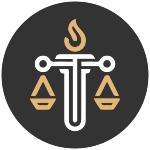
Every civil lawsuit begins with a story: someone believes they’ve been wronged, harmed, or deprived of rights, and they turn to the courts for help. That person is the plaintiff. Unlike in criminal law, where the government prosecutes offenses against society, civil litigation involves private disputes between individuals, businesses, or organizations.
But what does the plaintiff actually want from the court? That question goes to the heart of every civil case. In simple terms, the plaintiff is asking the court for a remedy—a solution to correct the alleged harm. Remedies can take different forms: money to compensate for losses, a court order stopping harmful conduct, enforcement of an agreement, or even a formal declaration of rights.
The answer matters because it defines the lawsuit from start to finish. The plaintiff’s request—sometimes called the “prayer for relief”—is not just a formality. It guides the litigation process, shapes settlement negotiations, and ultimately determines what the judge or jury can grant.
This article explores in detail what plaintiffs ask the court to do in civil litigation, why those requests matter, and how they play out in real-world cases.
The Plaintiff’s Role in Civil Litigation
The plaintiff is the person or entity initiating a lawsuit. Their role is not just to claim that harm has occurred but to articulate a legal remedy that the court has the power to grant. Without such a request, the court may dismiss the case outright, since courts do not issue rulings in the abstract—they resolve specific disputes with specific outcomes.
The plaintiff’s initial filing, often called the complaint (or “petition” in some jurisdictions), sets the stage. In it, the plaintiff outlines:
- The facts of the dispute.
- The legal basis for the claim (e.g., breach of contract, negligence, discrimination).
- The specific relief sought (money damages, injunctions, declaratory judgments, etc.).
This last element is critical. It tells the judge and the defendant exactly what is at stake.
What Does It Mean to “Ask the Court” for Relief?
Civil courts exist to provide remedies when legal rights are violated. Asking the court for relief is essentially asking the legal system to intervene and restore balance.
For example:
- If a contractor abandons a home renovation midway, the homeowner might ask the court to order the contractor to refund payments or complete the work.
- If a company is accused of dumping waste into a river, a plaintiff might ask the court to stop the pollution and award damages for environmental harm.
- If a former employee sues for discrimination, the request may include lost wages, compensation for emotional distress, and a court order preventing further discrimination.
Thus, the plaintiff is not merely asking for acknowledgment of harm but for actionable relief designed to fix or compensate for it.
Categories of Relief in Civil Litigation
Civil remedies typically fall into three broad categories: monetary damages, equitable relief, and declaratory relief. Within these categories are several subtypes that reflect the variety of disputes courts handle.
1. Monetary Damages
The most familiar type of relief is money. Plaintiffs often seek financial compensation for harm suffered.
- Compensatory Damages: These aim to make the plaintiff “whole” again by covering actual losses such as medical expenses, property repair, or lost wages.
- Consequential Damages: These cover indirect losses caused by the defendant’s conduct, such as lost business opportunities.
- Punitive Damages: Rare and controversial, these are awarded when the defendant’s conduct is especially reckless or malicious. They are meant to punish and deter, not just compensate.
- Statutory Damages: Some laws, like copyright or consumer protection statutes, set fixed damages that plaintiffs can request, regardless of actual losses.
Example: In a personal injury lawsuit after a car crash, the plaintiff may ask for medical costs, lost income, pain and suffering damages, and—in egregious cases—punitive damages if the defendant was drunk driving.
2. Equitable Relief
Sometimes money cannot fix the problem. Equitable relief involves asking the court to issue orders that compel or prohibit certain actions.
- Injunctions: Orders requiring the defendant to stop harmful conduct. Example: stopping a company from using another’s trademark.
- Specific Performance: Ordering a party to fulfill contractual duties, such as transferring property under a real estate agreement.
- Rescission: Canceling a contract and restoring parties to their pre-contract positions.
- Reformation: Correcting mistakes in a written contract to reflect the true agreement.
Example: In a real estate dispute, a buyer might not want damages but instead want the court to force the seller to complete the property sale.
3. Declaratory Relief
In some cases, plaintiffs want clarity rather than compensation. Declaratory relief occurs when a plaintiff asks the court to declare the parties’ rights and obligations.
- Declaratory Judgments: These clarify legal relationships, such as whether an insurance policy covers a particular claim.
- Constitutional Challenges: Plaintiffs may ask a court to declare that a law or government action is unconstitutional.
Example: A business might file a lawsuit asking the court to declare that a non-compete clause in an employee contract is unenforceable.
Step-by-Step: How the Plaintiff’s Request Shapes the Case
- Complaint Filed: The plaintiff outlines their story, legal claims, and the relief sought.
- Defendant’s Response: The defendant answers the complaint, often challenging the requested relief.
- Discovery: Both sides gather evidence relevant to whether the plaintiff deserves the relief requested.
- Motions: The defendant may ask the court to dismiss or limit the plaintiff’s requests.
- Settlement Negotiations: The plaintiff’s request serves as the starting point for settlement discussions.
- Trial: If no settlement occurs, the judge or jury decides whether to grant the relief sought.
- Judgment and Enforcement: If the plaintiff wins, the court orders relief. Enforcement may involve wage garnishment, property liens, or contempt proceedings if the defendant refuses to comply.
Real-World Case Illustrations
- Breach of Contract: A homeowner sues a contractor who failed to complete renovations. The plaintiff asks for either completion of the work (specific performance) or reimbursement of payments (compensatory damages).
- Employment Discrimination: An employee sues for wrongful termination, requesting reinstatement to thei job, back pay, and damages for emotional distress.
- Data Privacy Violations: In a lawsuit against a tech company, plaintiffs may ask for statutory damages and an injunction requiring stronger data protections.
- Class Actions: Groups of plaintiffs sue corporations for defective products, asking the court for damages, product recalls, and punitive damages.
These examples demonstrate the range of remedies available depending on the type of harm.
Civil vs. Criminal: A Key Distinction
Civil and criminal proceedings serve different functions. In civil litigation, the plaintiff asks for remedies such as compensation or injunctions. In criminal cases, the state prosecutes the defendant and seeks punishment like imprisonment or fines.
For instance, if someone is assaulted, the state might prosecute criminal charges seeking jail time, while the victim could separately file a civil lawsuit asking for damages for medical expenses and emotional distress.
Modern Trends in Civil Remedies
Civil litigation in 2025 reflects broader changes in society and technology.
- Alternative Dispute Resolution (ADR): Courts increasingly encourage mediation and arbitration, where plaintiffs may settle for relief outside the traditional courtroom.
- Technology in Litigation: Electronic filing, online hearings, and e-discovery have transformed how plaintiffs pursue remedies.
- Privacy and Data Lawsuits: With the growth of digital platforms, plaintiffs increasingly seek statutory damages and injunctions in data breach and consumer protection cases.
- Corporate Accountability: Courts have shown a willingness to award higher punitive damages in cases involving corporate misconduct, reflecting a trend toward deterrence.
Just as Real Estate Experts Share Tips on adapting to new housing market challenges, lawyers and courts adapt to evolving disputes by shaping remedies that fit the modern world.
Conclusion
So, what is the plaintiff asking the court to do in civil litigation? The answer is both simple and complex. At the most basic level, the plaintiff asks for a remedy—a way to address harm, enforce rights, or clarify obligations. That remedy might be money, a court order to act or stop acting, or a declaration of legal rights.
The plaintiff’s requests guide the entire lawsuit, from the initial complaint to the final judgment. For clients, understanding these remedies makes the process less intimidating. For students and researchers, it offers insight into the mechanics of civil procedure and the balance courts strike between fairness and practicality.
Civil litigation is not just about disputes; it is about solutions. By asking the court for specific forms of relief, plaintiffs turn grievances into legal claims and ultimately into enforceable outcomes.
FAQ’s
Can a plaintiff ask for both money and an injunction?
Yes. For example, in a workplace harassment case, the plaintiff might seek financial damages and a court order to prevent future harassment.
Do all civil cases involve damages?
No. Some cases only seek declaratory judgments, such as determining the enforceability of a contract.
Can plaintiffs change what they ask for?
Yes. Courts often allow plaintiffs to amend their complaints as cases develop and more facts are uncovered.
What if the court denies the plaintiff’s request?
The plaintiff can appeal to a higher court, asking it to review whether the trial court made legal errors.
